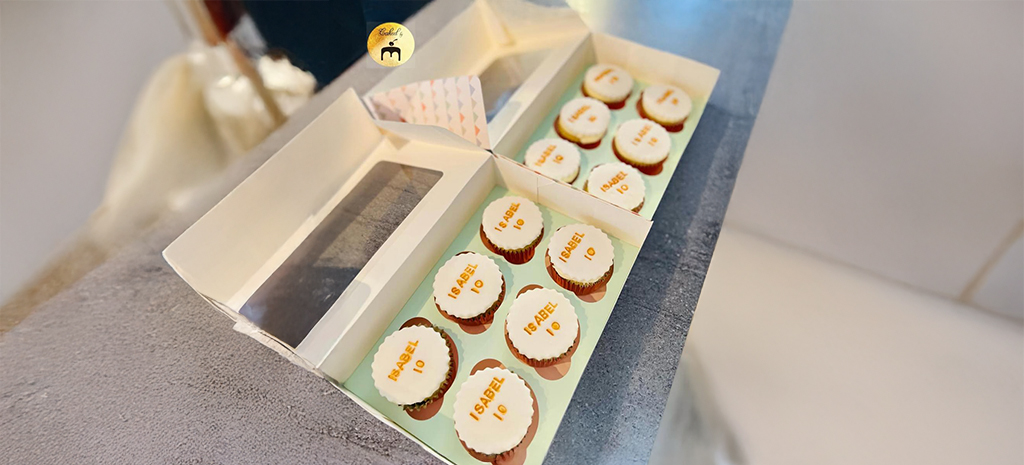Cakes hold a unique place in all our hearts. The delightful, rich flavor enhances every occasion, from birthdays to weddings, making them feel particularly special. However, numerous home bakers often feel let down by dry, tasteless homemade cakes that simply don’t compare to those from a bakery. As experienced bakers, we’ve compiled our best advice for crafting a tasty cake and achieving that crucial tender crumb and delightful flavor.
Preheat your Oven
Preheating the oven is a crucial, yet frequently neglected, step in cake baking. Not adequately preheating can result in significant issues such as uneven rising, dry edges, or undercooked centers. To achieve optimal results, ensure your oven thermometer is correctly calibrated, as many ovens can be slightly off in temperature. Allow your oven ample time to reach the desired baking temperature—most ovens require about 15-30 minutes for a thorough preheat.
Always verify that your oven is set to the precise temperature indicated in the recipe—just a 25-degree difference can necessitate adjustments in baking time. With proper preheating, you can trust that your cake will bake evenly from edge to center, resulting in that light, tender texture typical of great cakes.
Select the Perfect Tin
The type of cake tin you select influences the final shape, texture, and structure of your celebration cake. Using an inappropriate tin can result in uneven baking, burnt edges, and crumbling layers. When picking cake tins, choose smooth metal tins free of scratches, which facilitates easier cake release once baked, and ensure you adhere to the recipe if it specifies a particular size.
For shaping, round, square, and rectangular cake tins all perform well. Round tins provide the most consistent heat distribution for layered cakes, while square or rectangular tins are excellent for sheet cakes. Additionally, you must prepare whichever pan you choose by thoroughly greasing it with butter or oil and dusting it with flour or cocoa powder. Lining the bottoms with parchment paper can also ensure a seamless release.
Follow the Recipe for Ingredient Temperatures
Numerous cake recipes indicate that ingredients such as eggs, milk, and butter should be at room temperature or chilled. It’s vital to closely follow these temperature guidelines for the best outcomes. Room temperature ingredients facilitate even mixing and the development of structure.
On the other hand, some recipes ask for chilled ingredients, particularly those containing perishable dairy like cream cheese buttercreams. Cold ingredients assist in preventing premature melting and runniness in icings that need to maintain their shape. Always review your recipe and plan accordingly. If eggs need time to warm, remove them up to an hour before baking. Likewise, chill ingredients that require it for at least 2 hours in the refrigerator before preparing your recipe.
Mix Thoroughly
The manner in which you combine the cake batter can significantly influence the final texture of the cake. For optimum results, begin by whisking all the dry components such as flour, baking powder, salt, and sugar in one bowl. In another bowl, mix the wet ingredients including eggs, oil, milk, and vanilla. Then, gradually pour the wet mixture into the dry ingredients and gently fold the batter together using a spatula or wooden spoon.
It’s crucial not to overmix the batter, as this can excessively develop the gluten and lead to a dense, rubbery cake – gentle folding encourages lift and results in a light crumb. Finally, carefully incorporate any mix-ins like chocolate chips or nuts at the end, taking care not to deflate the batter.
Icing cupcakes
Let Your Cakes Cool Completely
It can be very tempting to frost your cake while it’s still warm from the oven. However, this is actually a significant baking error that can compromise your icing’s texture and decoration. Allowing cakes to cool completely before adding any decoration is vital for achieving a flawlessly coated finish.
Warm cakes can cause icing, fondant, or frosting to melt, slide, and drip down the sides instead of adhering properly. The residual warmth from a freshly baked cake also inhibits the flavors of the icing from fully developing and may cause condensation beneath the icing, which negatively impacts the decoration. Exercising patience allows cakes to completely establish their structure and form, providing a solid, stable foundation for icing.
Creating the perfect cake from scratch is immensely satisfying, but it also demands careful attention and precision when executing recipe steps. Although it does require effort, mastering fundamental cake techniques truly pays off with stunning, delectable results.
Next time you need an impressive cake for a special occasion, save yourself the trouble and let the professionals at CakedbyM take care of it. With years of experience, we create custom cakes that are as stunning as they are scrumptious. Contact us today to order your unique cake masterpiece.

